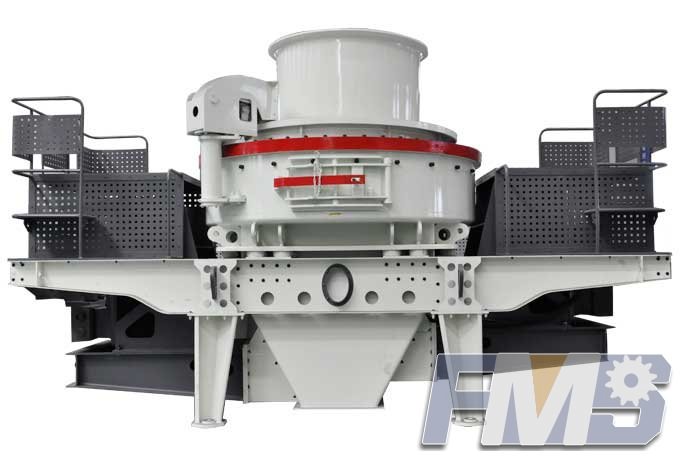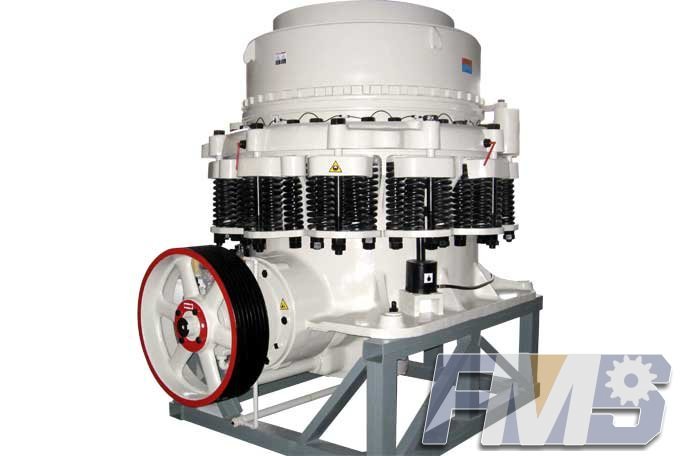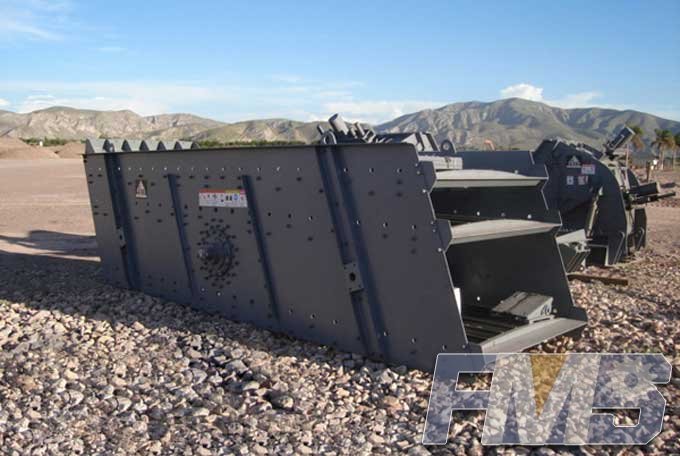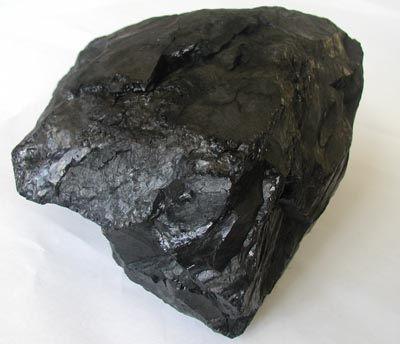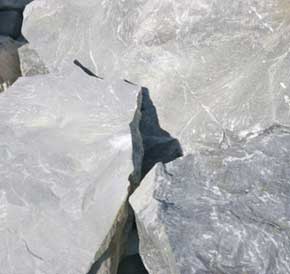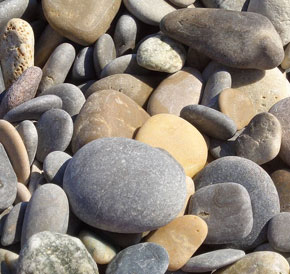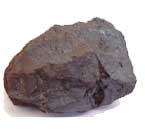Selection of Grinding Mill,Grinding Mill of Minerals
Minerals with fine particle intergrowth, either with other metallic minerals or gangue, are being increasingly mined. These ores have provided new challenges in concentrator design, requiring fine and ultrafine grinding in order to obtain acceptable grades and recoveries. The advancement of flotation technologies now permits effective flotation in the sub-10-Pm size range, making it possible to separate finely disseminated minerals from gangue. Similarly, the ability to produce ultrafine feed for various leaching processes, including bio-leach and low-pressure oxidation, often requires fine or ultrafine grinding to improve reaction kinetics to the level at which these processes become commercially viable. Economic ultrafine grinding processes also make it feasible to direct leach refractory gold ores, rather than the more conventional roasting or high-pressure autoclave routes.
The relationship between energy required and product size is not a proportional one. Theoretically, the energy required (per unit mass) to break a particle to 1/100th of its size is 4,000 times greater. As we strive for ever-finer grinds, the need to optimize the comminution process becomes self-evident. In order to achieve the required improvements, changes in milling technologies are needed, as well as a better understanding of the variables that affect them.
Time and innovation have resulted in numerous different mill designs capable of producing fine and ultrafine products. In many cases, these mills are of a unique and proprietary design, do not have generic names, and are known only by their commercial trademarked names. Mills for fine and ultrafine grinding fall into four primary categories:
- Ball Mill
- Vertical Mill
- Roller Mill
Get Detail Information:
(If you do not want to contact to our online customer service, please fill out the following form, Our client manager will contact you later. We will strictly protect your privacy.)


